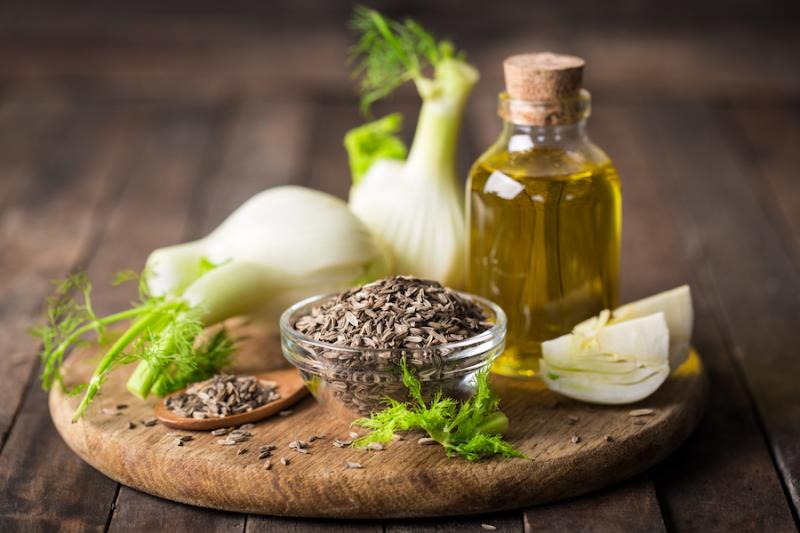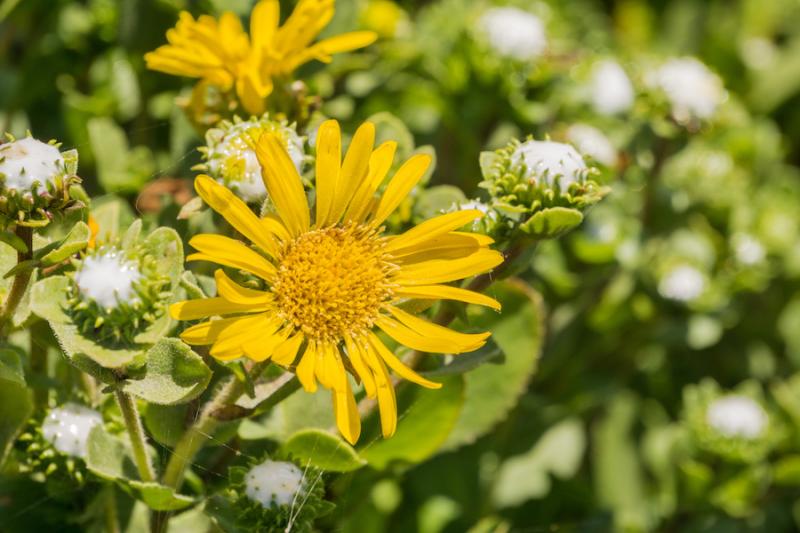- December 21, 2021
The Specific Power of Pleurisy Root
Pleurisy is a disease caused by an inflammation of the pleura, the lining of the chest cavity and lungs. Normally when breathing in and out, the lungs slide smoothly along the slick surface of the pleura. When these tissues become inflamed, the lungs catch and don't glide smoothly causing pain and difficulty breathing. If you’ve ever had pleurisy, you know how painful it is. Pleurisy root is one of the few herbs that I think of as a specific. A specific is a remedy that is extremely helpful for…
- December 14, 2021
Garlic: Nature's Penicillin
Garlic is a common food that has the advantage of being an antifungal and antiviral in addition to being antibacterial. It is also antiparasitic and helps promote the growth of friendly gut bacteria due to its high content of mucilage which feeds friendly bacteria.
- December 7, 2021
The Value of Giving Thanks
Over 40 years ago, I was living in a basement apartment struggling to make ends meet. I was feeling really down and discouraged and stuck thinking about how bad I had it. But then, I started to think of the millions of people in the world who were worse off than me. I thought about all the people who don't always have enough to eat, or live in substandard housing, or otherwise struggle to have the basic necessities of life. I also thought of the many people who are blind, deaf, crippled, or otherwise…
- November 30, 2021
Fennel
Last week, many Americans celebrated Thanksgiving. It’s one of those times where people tend to eat too much and suffer from indigestion and bloating. So, I thought it would be appropriate to discuss one of the best remedies for easing digestive distress—fennel. Fennel seeds have been used as a digestive aid and carminative since the days of the Roman Empire. They have been used in traditional Chinese medicine for the same purpose, helping to treat abdominal distention and pain, vomiting, and…
- November 23, 2021
Cranberries: A Native American Food and Medicine
Since Thanksgiving is almost here, I have a little quiz for you. How many foods can you spot in the picture on the right that were originally Native American crops? Before I give you my answer, I should let you know I got my information from Indian Givers: How Native Americans Transformed the World by Jack Weatherford. This book focuses on the many contributions Native Americas made to the world—wealth, ideas, medicines, and foods.In total, I see eight foods Native Americans introduced to the world.…
- November 9, 2021
The Medicinal Properties of Black Pepper
While black pepper is most commonly used as a spice, it also has many medicinal uses. It can help improve digestion, break up congestion and even help reduce the risk of colon cancer.
- November 2, 2021
The Amazing Health and Medicinal Benefits of Apples
If you've heard the saying “An apple a day keeps the doctor away,” and wondered if there is any truth to this statement, so have I. To find out I did some research to see if there is any evidence to back this idea up. I found that eating apples can help you balance your blood sugar and lose weight and so much more.













